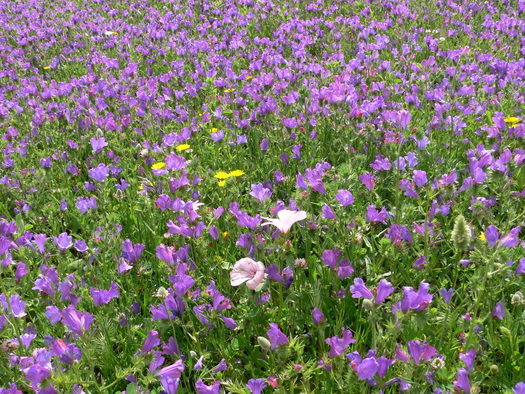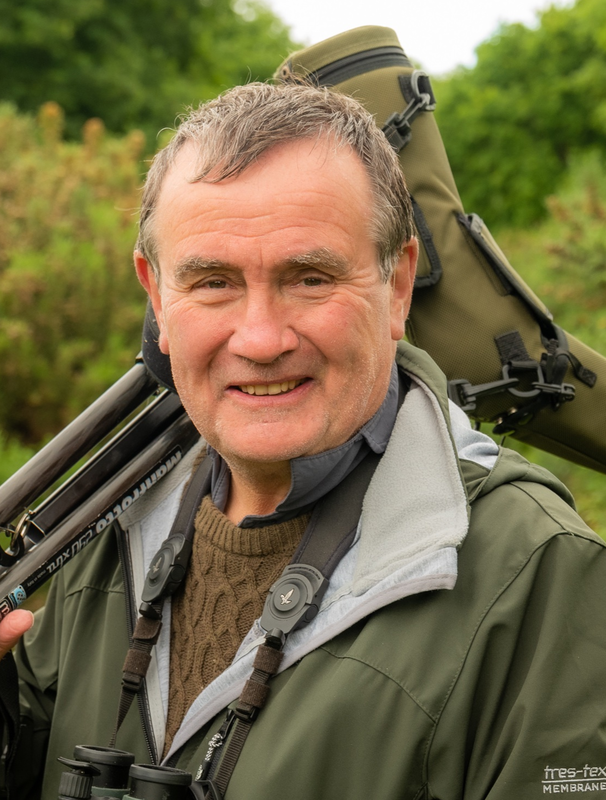


Perhaps, though, the colour was most intense around the Embalse de Barbate near the village. Here the fields were drenched in purple and the cricket hunting Cattle Egrets looked like nothing less than small white dinghies bobbing in a violet sea. All this was beautifully set off by the deep green pines that provided a nest site for Cattle Egrets and several noisy White Storks. Even the latter's noisy bill clattering was a constant reminder of an imagined plant – triffids – since the sound of their courtship was used by a film for the sound of the triffids' sinister communication.



 RSS Feed
RSS Feed
